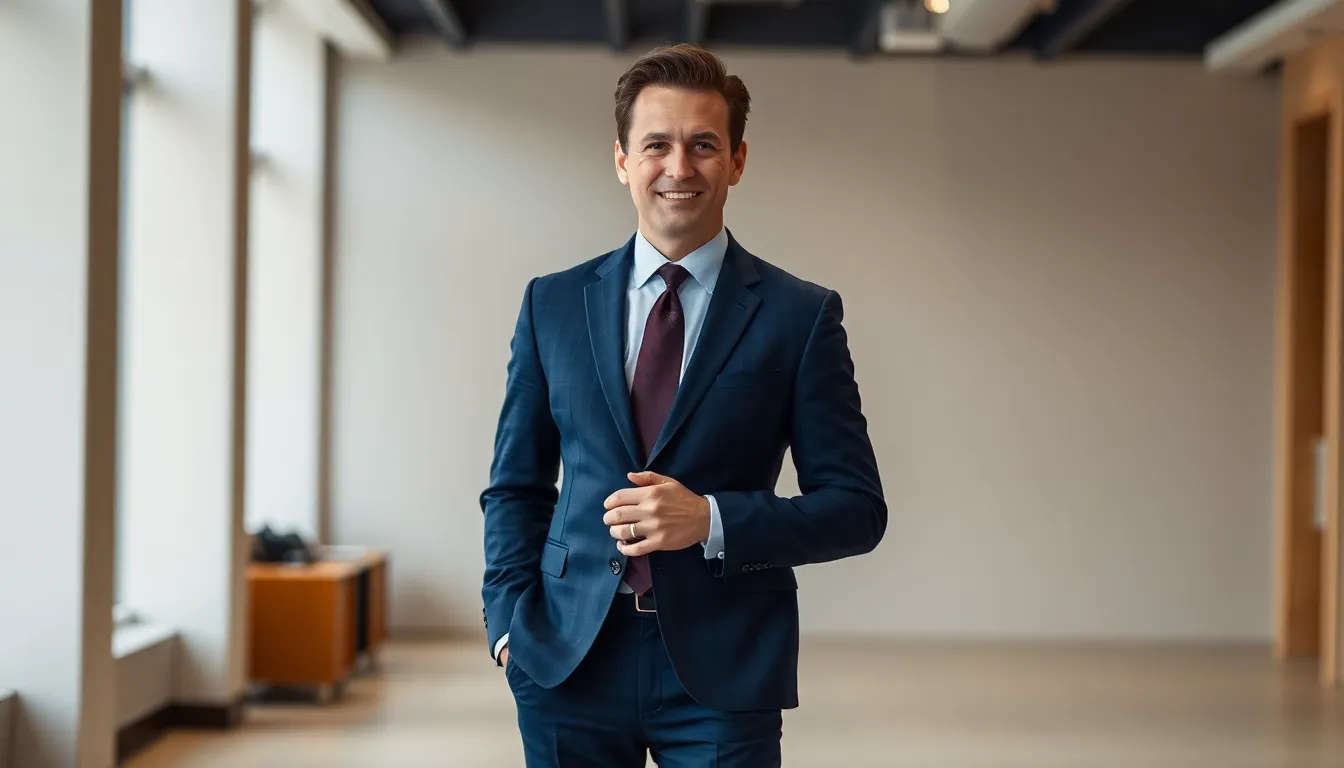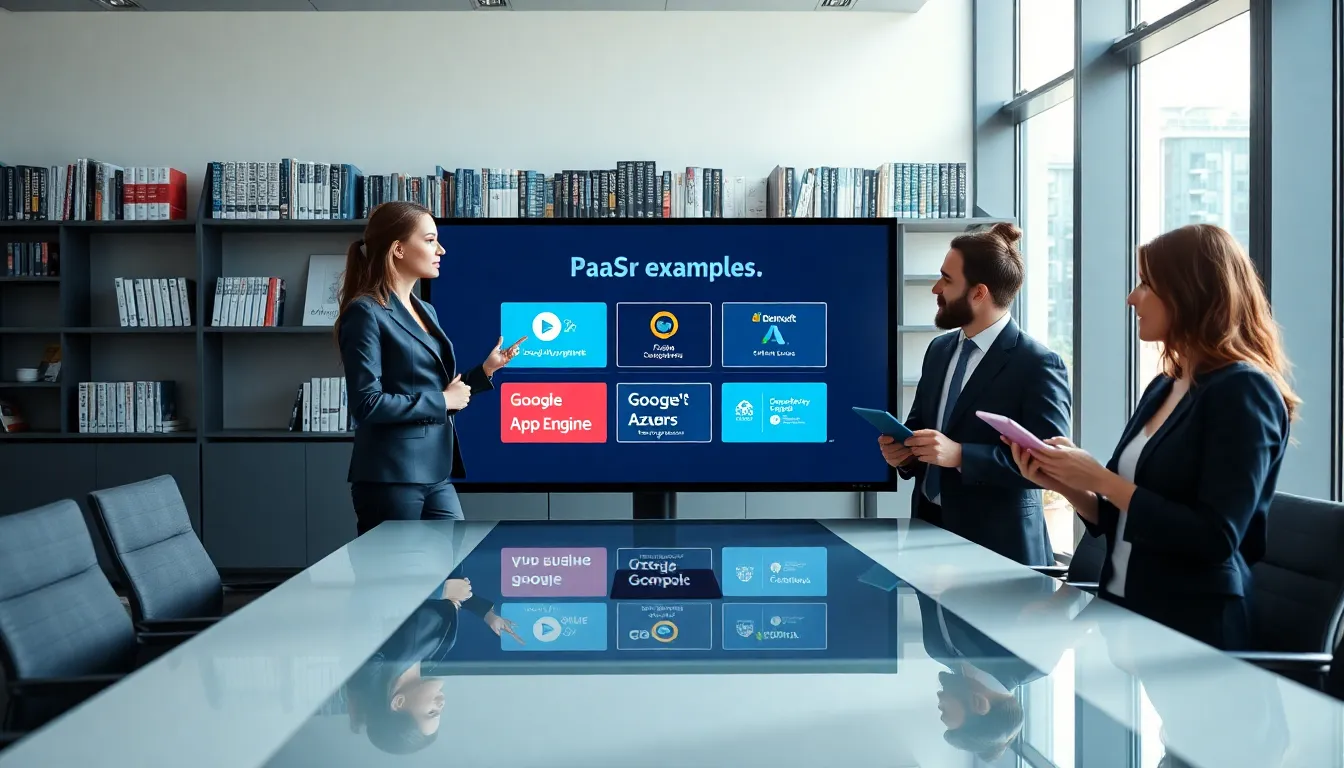In today’s fast-paced world, first impressions matter more than ever. A professional look can set the tone for success in the workplace, influencing how colleagues and clients perceive an individual. Whether it’s a job interview, a business meeting, or a networking event, presenting oneself with confidence and style can open doors to new opportunities.
Crafting the perfect professional appearance goes beyond just clothing choices. It involves understanding the nuances of fit, color, and personal branding. With the right guidance, anyone can elevate their look to reflect their professionalism and ambition. This article explores essential tips and strategies for achieving a polished and sophisticated appearance that resonates in any professional setting.
Table of Contents
ToggleUnderstanding Professional Looks
Professional looks encompass the attire and overall appearance that convey competence and authority in a workplace setting. This understanding guides individuals in making choices that reflect a polished image.
Definition of Professional Looks
Professional looks refer to an appearance that aligns with workplace expectations and industry standards. This includes attire such as tailored suits, dress shirts, appropriate footwear, and accessories that enhance professionalism. Personal grooming also falls under this definition, incorporating neat hairstyles, clean nails, and minimal yet effective makeup.
Importance in the Workplace
Professional looks hold significant weight in the workplace, influencing perceptions and interactions.
- Enhances credibility: A polished appearance builds instant credibility with colleagues and clients.
- Fosters respect: Dressing appropriately signals respect for the workplace and its culture.
- Affects confidence: A professional look boosts self-confidence, impacting performance and interactions.
- Improves opportunities: Professionals who present themselves well increase their chances for promotions and leadership roles.
- Influences first impressions: First impressions are crucial; a professional look can set a positive tone for new encounters.
Maintaining a professional look contributes greatly to career success and workplace relationships.
Key Elements of a Professional Look

Achieving a professional look involves intentional clothing choices and attentive grooming. These elements combine to create a polished visual impression.
Clothing Choices
Clothing significantly impacts professional appearance. Consider the following aspects:
- Fit: Well-fitted clothing presents a sharp silhouette. Tailored suits and dress shirts that complement body shape enhance professionalism.
- Color: Neutral colors such as navy, gray, and black exude authority and sophistication. Incorporating subtle patterns can add personality while maintaining professionalism.
- Style: Classic styles, such as blazers and dress pants, remain appropriate in most professional environments. Dress codes vary by industry, so understanding specific expectations is crucial.
- Footwear: Shoes should align with the overall outfit. Select polished leather shoes or professional flats that suit the occasion.
- Accessories: Minimal accessories, like a watch or a simple tie, add elegance. Avoid overly flashy items that could distract from the overall look.
Grooming and Personal Care
- Hair: Maintain a clean and well-groomed hairstyle. Hairstyles should reflect professionalism and adhere to workplace standards.
- Skin: Proper skin care ensures a fresh and healthy appearance. Regular cleansing and moisturizing contribute to a polished look.
- Nails: Keep nails clean and trimmed. Consider professional manicures for a neat appearance, avoiding excessive nail art.
- Hygiene: Daily hygiene practices, including regular bathing and the use of deodorant, promote a confident presence.
- Makeup: If applicable, opt for natural makeup that enhances features without overwhelming the face. Aim for a balanced look that aligns with professional standards.
Different Contexts for Professional Looks
Professional looks vary significantly across different industries, reflecting distinct expectations and cultures. Understanding these contexts aids in crafting an appropriate appearance that aligns with professional standards.
Corporate Environments
Corporate environments typically emphasize traditional and formal attire. Employees wear tailored suits, dress shirts, and closed-toe shoes. Key colors include navy, gray, and black, as they convey authority and trustworthiness. Accessories, like conservative ties or simple jewelry, should complement the overall look without overwhelming it. Grooming standards remain high, focusing on neat hairstyles, clean nails, and minimal makeup. Adhering to these standards fosters credibility and enhances professional reputation within a corporate setting.
Creative Industries
Creative industries, such as advertising and design, allow for more personal expression in professional looks. While smart casual attire often prevails, it’s essential to maintain a polished appearance. Employees might wear tailored blouses or shirts paired with stylish trousers or unique accessories that reflect their individuality. Color choices can be bolder, with bright patterns and unconventional designs often embraced. Grooming still matters, with an emphasis on personal style—a well-maintained look that showcases creativity without compromising professionalism. In these settings, a strong professional appearance enhances collaboration and innovation.
Tips for Achieving a Professional Look
Achieving a professional look requires attention to detail in both clothing choices and accessories. Below are key strategies that enhance professionalism in appearance.
Dressing for Success
Dressing for success involves selecting clothing that conveys confidence and authority. Opt for well-fitted garments that complement body shape and size. Prioritize neutral colors such as black, navy, and gray, which offer versatility and align with professional standards. Choose classic styles, such as tailored suits and dress shirts, that create a polished look. Ensure clothing is clean and wrinkle-free to maintain a put-together appearance. Consider industry norms when selecting outfits; corporate environments often favor formal attire, while creative industries may allow for smart casual options. Understanding these distinctions helps in crafting an appropriate professional wardrobe.
Accessorizing Appropriately
Accessorizing appropriately supplements a professional look by adding personal flair without detracting from professionalism. Select simple, understated accessories that enhance outfits without overwhelming them. For men, classic watches and leather belts complete the ensemble effectively. For women, opt for minimal jewelry and structured bags that convey elegance. Footwear choice also plays a critical role; choose polished dress shoes or professional heels, ensuring they fit well and reflect the overall outfit style. Maintain consistency in color schemes and materials across accessories for a cohesive appearance. Thoughtful accessorizing underscores professionalism while allowing for individual expression.
A professional look is essential for anyone aiming to succeed in their career. It’s not just about the clothes worn but how those choices reflect personal branding and industry standards. By understanding the nuances of fit color and grooming individuals can create an appearance that commands respect and confidence.
Embracing the right attire for specific environments helps in making lasting impressions. Whether in a corporate setting or a creative industry the key is to balance professionalism with personal style. Ultimately investing time and effort into achieving a polished look can open doors to new opportunities and foster positive relationships in the workplace.




